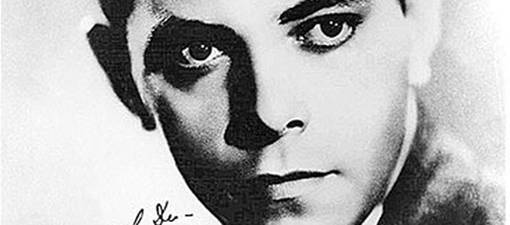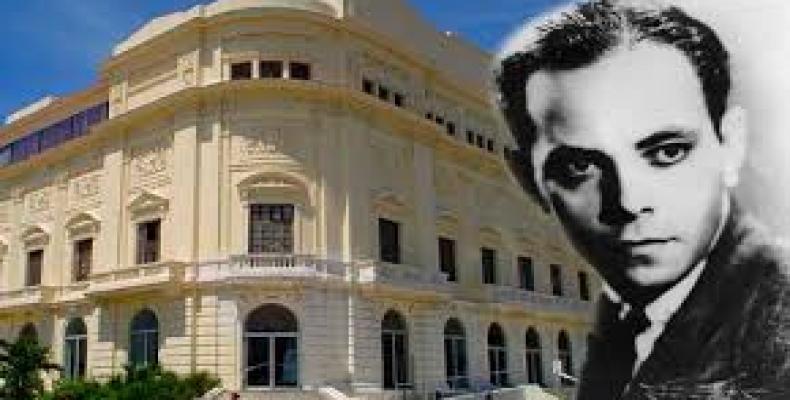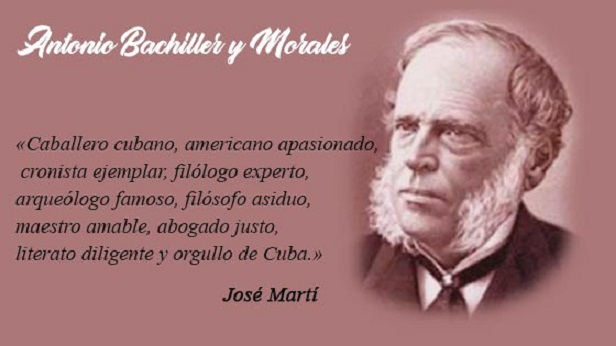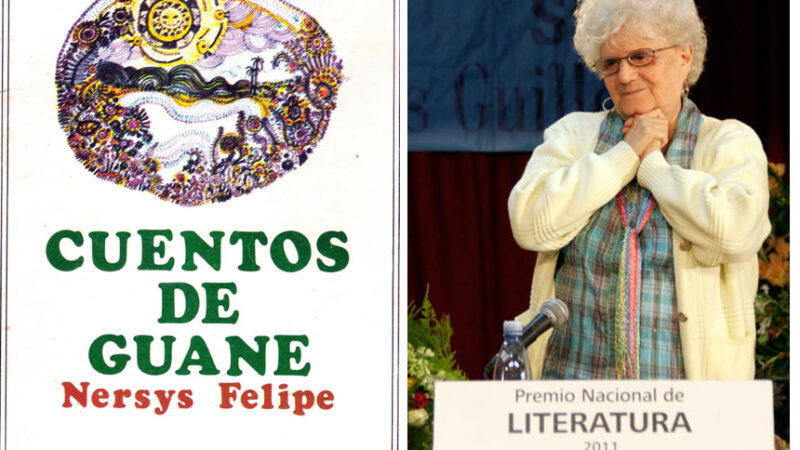Amadeo Roldán and the Pulse of National Identity

By 1943, Amadeo Roldán had gained recognition in experimental music circles as one of the creators of the genre of symphonic percussion music. According to historians, this achievement was not entirely his own; it was preceded by the work Ionisation by the French composer Edgard Varèse. When composing his Rhythmic V and VI, Roldán was unaware of Varèse’s work. According to several authors, even today, these pieces have not received the international acclaim they deserve.
Roldán’s compositions, as experts affirm, embody polyrhythmic qualities, freshness, and vital energy, both in the music and in the Afro-Cuban origin instruments used in two short works that, despite their brief duration, are giants in terms of their scope and the significance of the original ideas.
«(…) these two brief pieces by the distinguished mulatto composer, written for a symphonic ensemble of eleven percussionists, push the limits of what was understood as ‘cultured’ or ‘erudite’ music in 1930, during a time of deep political and racial struggles. The introduction of popular percussion there raised tensions about the role of race and racism in shaping Cuban national culture. Its intensity did not go unnoticed in Cuba, where Roldán’s work had sparked significant debates about the ‘authentic’ contents of national music and its relationship with experimentation since the premiere of the Overture on Cuban Themes in 1926,» noted the scholar Julio Ramos.
This dilemma, revisited in 1943 after the performance of these works by composer John Cage and later with their premiere in Havana around 1960 by Argeliers León, portrays one of the most significant contributions to concert music in the 20th century. The emergence of percussion and traditional instruments in the classical music scene did not happen, as might be assumed initially, in an artificial or decorative manner. Roldán engaged with the roots of traditional rhythms in Cuba to bring them into an ensemble where they were not exhausted by the sum of their parts but reinvented with the premise of experimentation as a method, not an end in itself.
«Among the most prominent contributions to the Latin American concert music scene between 1920 and 1940, with Roldán, Caturla, Chávez, Revueltas, and Villa-Lobos as main figures, there is a new conceptual approach to the creation process, based on the conscious use of folk elements aiming to find a new musical identity, as well as a new timbral approach by incorporating traditional Latin American popular instruments into the ensemble of traditional European instruments, thus laying the foundation for the subsequent development of classical music in the new continent,» stated researcher Lester Rodríguez.

According to Julio Ramos, the fifth and sixth of the Rhythmics arise from the disarticulation of musical structure, questioning the possibility of a higher resolution, and devising formal and discursive mechanisms for integrating the elements of the ensemble within the recognized framework of social meaning. «It is undeniable that Roldán begins to blur the boundaries of the musical, the guarantees of its intelligibility in his most radical works when he exposes or opens the form to percussive overload. But at the same time, he never stops re-establishing musical strategies for formal reintegration, ways of musically containing the tendency toward sonic dispersion,» he explained.
Julio Ramos values that these pieces marked a new stage in musical history in a general sense, particularly proposing a purely American, national art with elements present in our cultures, offering the necessary elements to compose in a bold and daring way.
«Amadeo Roldán managed to capture in his work the importance of national rhythms and instruments. Rhythmic V and VI (…) constitute a summary of his research work in this regard. The analysis of documents from that time allows us to perceive that the premiere of the first four Rhythmic works was significant nationally and internationally for the expressive power and synthesis that stylistically unites them. Rhythmic V and VI (…) show the deep study of the timbral possibilities of typical percussion instruments carried out by Amadeo Roldán, as well as their inclusion in his symphonic compositions, which contributed to their dissemination of importance and rapid recognition and internationalization of their use,» affirmed percussionist and musicologist Dr. Lino Neira.
Roldán wrote other memorable pieces. Three Small Poems (1926), the ballet La Rebambaramba (1928), and El Milagro de Anaquillé (1929) preceded the Rhythmic works. However, the contributions of the latter transcend the academic realm and, on their own merits, weave into the identity fabric of that musical continent called Cuba.
Translated by Luis E. Amador Dominguez



